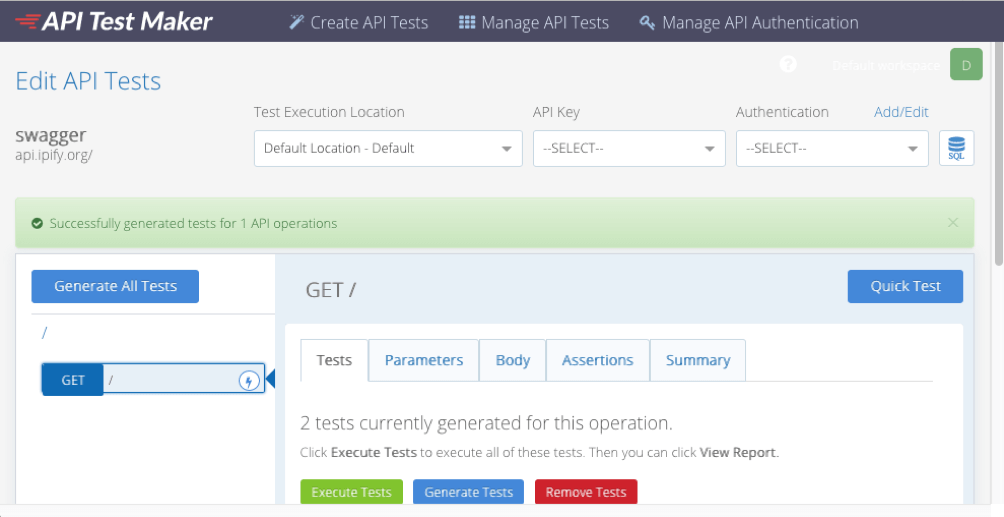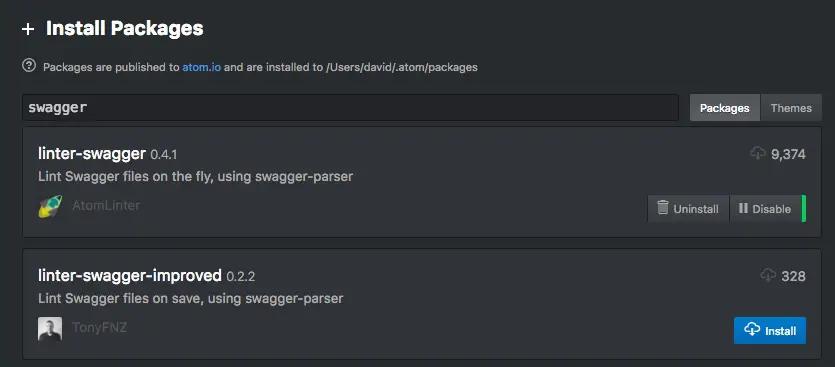
There is also a way to run the editor locally using a docker image. Once you see this message, simply put the 127.0.0.1:XYZ address into your browser and you should see the editor. You’ll know it’s ready to be used when you see a message like this: Next, you’ll want to run these commands from your terminal/command prompt (be sure you run them in the folder where you want to run the Swagger Editor from as it will download all the files from GitHub):
#Swagger editor run locally .exe#
exe file and running it, you’ll need to download it using git, compile it using Node/npm, and run it using npm again.įirst you’ll need to make sure you have these installed on your machine: Choose the name and location for your new project and click on create button. Select ASP.Net Core Web Application from the templates displayed.
#Swagger editor run locally how to#
Here’s how you can download and run the Swagger Editor locally. So before I get into Swagger I would like to explain how to create sample project from Visual Studio, Please follow the steps given as follows: Open Visual Studio and select Create new project. After nodejs installation, open new nodejs command prompt and prefebly close the one opened.

In this way they can be run locally as integration tests using the command: stagedevlocal jest. Installing & Running Swagger Editor Locally Windows Install node.js.

To get that up and running, run the command. Otherwise, here is a set of steps I wrote up the other day to download, install, and run the Swagger editor & UI locally: To run the editor there are directions for both the docker image and the npm package here. Hi you describe the steps you took to get to where you are now? That would help us determine how to get you the expected results.


 0 kommentar(er)
0 kommentar(er)
